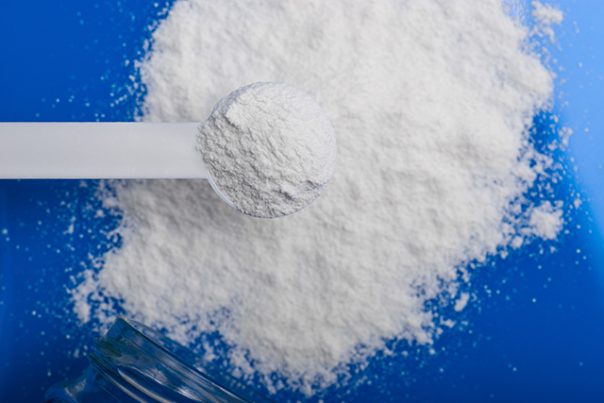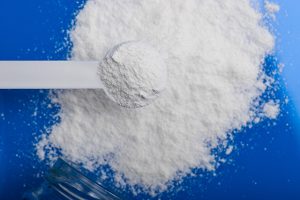
Hexamine sources, health risks
Wednesday, October 18, 2017 by Frances Bloomfield
http://www.naturalpedia.com/hexamine-sources-health-risks.html

Hexamine, also known as hexamethylenetetramine or methenamine, is a white, crystalline compound that was first discovered in 1859 by Aleksandr Butlerov, a Russian chemist. While a naturally occurring substance, hexamine can be commercially synthesized by combining ammonia with formaldehyde.
The main use of hexamine is as a hardening component in phenolic resins and phenolic resin molding compounds. Beyond these, hexamine has a multitude of applications in the medicinal and culinary industries. As a medicine, hexamine is typically used as an antibiotic to eliminate the bacteria that cause urinary tract infections (UTI) and to prevent the recurrence of infection. As a food additive, hexamine is only as such in the European Union (EU), where it is included in the production of provolone cheeses to inhibit bacterial growth.

Harmful effects that can be caused by hexamine
There are numerous side effects from taking hexamine as medication. The most common of these are stomach cramps, loss of appetite, vomiting, and diarrhea. More serious side effects may occur, and these include mouth sores, muscle cramps, unusual headaches, ringing in the ears, and swelling of the arms and legs.
In the event that a patient takes more than the prescribed amount of hexamine, they may experience bladder irritation, bloody or pink urine, and painful and frequent urination.
Although rare, people have been known to have allergic reactions to hexamine. More often than not, the allergic reactions are due to the ingredients used in hexamine, most notably formaldehyde. The symptoms of hexamine allergies include but aren’t limited to rashes, swelling of the face, tongue, and throat, difficulty breathing, and severe dizziness.
People who are taking urinary alkalinizers or medications that decrease the amount of acid in their urine are cautioned against taking hexamine as it can interfere with the efficacy of these medicines.
Hexamine as a powder can irritate the skin, eyes, and respiratory system. Specifically, hexamine exposure may result in skin allergies that can lead to itching and skin rashes even at very low doses. Inhaling hexamine has been known to cause asthma-like allergies with symptoms such as wheezing, coughing, wheezing, and chest tightness.
Pregnant women should not handle hexamine powder as this compound may harm the developing fetus.
Body systems harmed by hexamine
Taking hexamine as a medicine puts the eyes, skin, respiratory, and digestive systems at risk due to the possible effects it has on these body systems. Moreover, individuals with compromised kidneys and livers are recommended to inform their healthcare providers before being prescribed hexamine, as it’s possible that this compound can affect these organs as well.
Where to learn more
- 37 most dangerous foods to stay away from
- The “Dirty Dozen” Of Common Cosmetic and Skin Care Ingredients
- BigPharmaNews.com
- Chemicals.news
- DangerousMedicine.com
Summary
Hexamine is a compound that can negatively impact one’s health, depending on the form it is taken as. Hexamine powder can irritate the lungs, throat, eyes, and skin, and can even lead to the development of skin allergies and asthma-like allergies. The medication form, meanwhile, has many side effects that include abdominal pains, muscle cramps, mouth sores, and difficulty breathing.
Sources include:
Tagged Under: Tags: Hexamine





